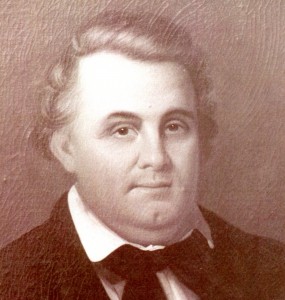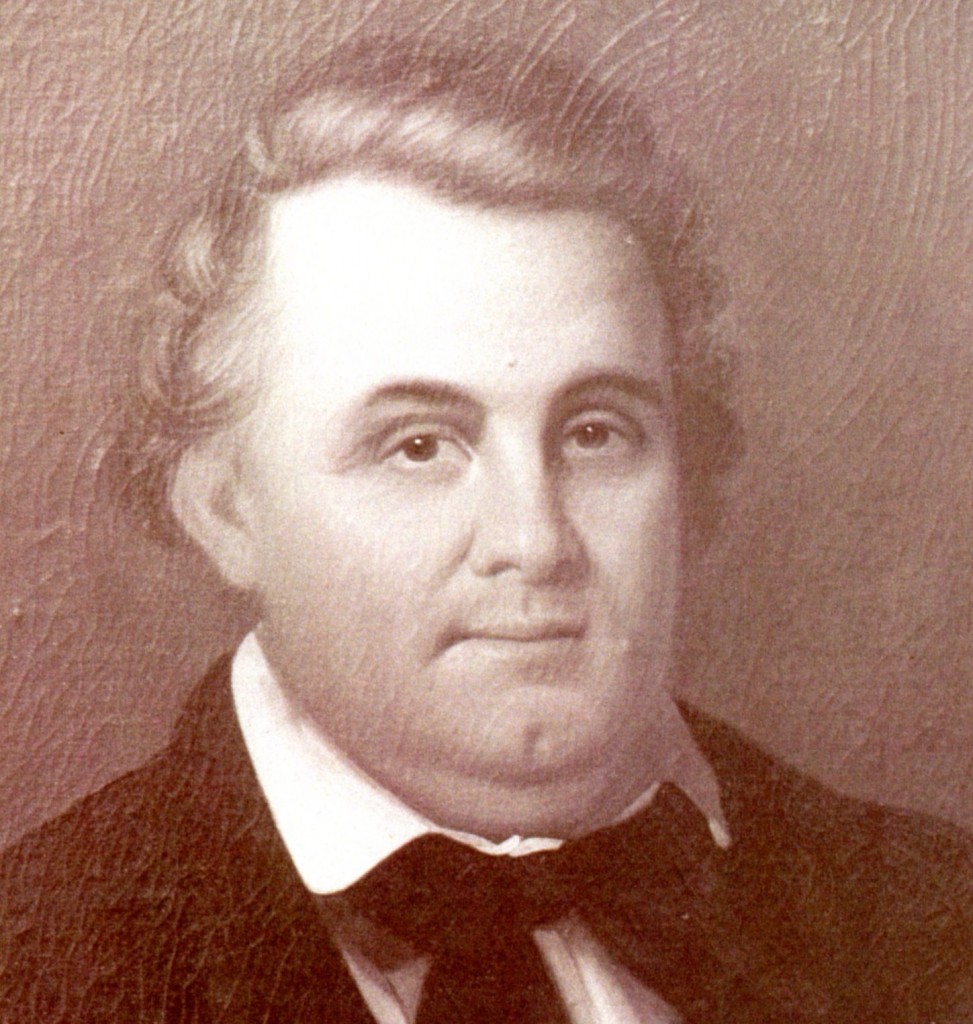Meet Huntsville’s Premier Architect
Published on August 4, 2015

George Gilliam Steele (1798 – 1855)
Considered to be the premiere antebellum architect for the city of Huntsville, George Gilliam Steele was born on April 1, 1798, to George and Sally Gilliam Steele in Bedford County, Virginia. Steele’s early life remains largely shrouded, and there are no known records that Steele received any formal architectural training, according to his obituary he was self-taught. Steele came to Huntsville from Virginia around 1818, and soon after began work as a brick-builder. In December 1823, Steele married Eliza Ann Weaver (1808-1891). The two had eight children.
Steele continued to expand his professional repertoire to include architectural design. One of his first designs was a house he built for himself in 1824, located at 519 Randolph Avenue. Steele is also credited with the design of the Feeney House (414 Randolph Avenue); the Yeatman House (528 Adams Street); the Cox House (311 Lincoln Street); the Cabaniss House (603 Randolph Avenue); the second Madison County Courthouse (no longer extant); Mary Bibb’s Mausoleum (Maple Hill Cemetery); Oak Place (808 Maysville Road); Pope Mansion (403 Echols Avenue); the old Episcopal Church of the Nativity on the corner of Eustis and Greene (no longer extant); the Fearn House (517 Franklin Avenue); the Figures House (423 Randolph Avenue); the President’s House (413 Randolph Avenue); Huntsville Female College (no longer extant); Huntsville Female Seminary School (no longer extant); and the First National Bank Building (221 Westside Square). George Steele died on October 21, 1855 and was buried in Maple Hill Cemetery.


